26 July, 2023
Physiotherapy vs. Chiropractic: Which Approach is Best for You?
When it comes to addressing musculoskeletal issues and promoting overall wellness, two popular healthcare approaches stand out: physiotherapy and chiropractic care. Both of these practices aim to alleviate pain, enhance mobility, and improve the quality of life for patients. However, they have distinct methodologies and treatment techniques. In this blog, we will explore the similarities and differences between physiotherapy and chiropractic care.
What are the similarities between physical therapy and chiropractic care?
Physiotherapy, commonly referred to as physical therapy, and chiropractic care share common goals, such as providing non-invasive, drug-free treatment for various musculoskeletal conditions. Both approaches focus on identifying the root causes of pain and dysfunction rather than merely treating the symptoms. Moreover, they emphasize patient education and empowerment, encouraging individuals to take an active role in their recovery through exercise, lifestyle changes, and ergonomics.
-
- Focus on Musculoskeletal Health: Both physical therapy and chiropractic care primarily focus on the musculoskeletal system. They address issues related to bones, muscles, joints, ligaments, and tendons. The goal is to improve mobility, reduce pain, and enhance overall function.
-
- Non-Invasive Approach: Both therapies are non-invasive, meaning they don’t involve surgery or the use of pharmaceuticals (unless necessary). Instead, they use hands-on techniques, exercises, and other non-surgical methods to promote healing and rehabilitation.
-
- Individualized Treatment Plans: In both physical therapy and chiropractic care, treatment plans are tailored to each patient’s specific needs and condition. The healthcare providers perform assessments to identify the root causes of the problem and design personalized treatment approaches accordingly.
-
- Emphasis on Exercise and Rehabilitation: Both physical therapists and chiropractors incorporate exercise and rehabilitation into their treatment plans. Physical therapists commonly prescribe therapeutic exercises to improve strength, flexibility, and range of motion. Chiropractors may recommend exercises to complement their adjustments and promote musculoskeletal health.
-
- Pain Management: Another shared aspect is their focus on pain management. Both physical therapy and chiropractic care can be effective in reducing pain and improving functional abilities, particularly for musculoskeletal conditions such as back pain, neck pain, and joint issues.

What are the key differences between physical therapy and chiropractic care?
Physiotherapy takes a comprehensive approach, using various modalities for diverse conditions. It covers musculoskeletal, neurological, cardiopulmonary, and pediatric issues. Chiropractic care mainly focuses on spine alignment and nerve function. Manual adjustments are used to realign vertebrae and reduce pain.
Physical Therapy/Physiotherapy
- Pain-free movement is one of the key primary goals.
- Focuses on how the body moves and functions as a whole.
- Physical therapists help you perform stretches and exercises, as well as performing some manipulations for certain conditions, to improve your mobility.
- Works in just about any healthcare environment, as well as your home.
- Provides treatment for a wide range of musculoskeletal conditions, neurological disorders, and post-operative rehabilitation.
- May use modalities such as ultrasound, electrical stimulation, and heat/cold therapy to aid in recovery.
Chiropractic Care
- Pain relief and alignment of the spine are key primary goals.
- Focuses mostly on issues related to back pain, neck pain, joint pain in the arms or legs, and headaches.
- Chiropractors perform manipulations and adjustments to help your body heal itself.
- Usually needs specialized spaces and equipment to perform adjustments and manipulations.
- Primarily focuses on the spine and its relationship to the nervous system to improve overall health and well-being.
- May incorporate other complementary therapies such as massage, acupuncture, or nutritional counseling.
What does a physical therapist do?
Physical therapists are licensed healthcare professionals who evaluate, diagnose, and treat physical impairments and disabilities. They create personalized treatment plans with exercises to enhance mobility, flexibility, and strength. Using manual therapy techniques, they reduce pain and improve function. They aid in rehabilitation after surgeries or injuries, manage chronic diseases like arthritis, and provide care for neurological disorders such as stroke and multiple sclerosis.
What can physical therapy help treat?
Physical therapy can address a wide range of conditions, including but not limited to:
-
- Orthopedic Physical Therapy: Focuses on musculoskeletal injuries and conditions like fractures, sprains, and post-operative rehabilitation.
- Orthopedic Physical Therapy: Focuses on musculoskeletal injuries and conditions like fractures, sprains, and post-operative rehabilitation.
- Neurological Physical Therapy: Targets neurological disorders such as stroke, Parkinson’s disease, and traumatic brain injuries, aiming to improve motor function and independence.
- Cardiopulmonary Physical Therapy: Specializes in treating cardiovascular and respiratory conditions like chronic obstructive pulmonary disease (COPD) and heart attacks, enhancing cardiovascular endurance and breathing efficiency.
- Pediatric Physical Therapy: Aims to address developmental delays and physical disabilities in children, promoting their functional abilities and participation in daily activities.

What does a chiropractor do?
Chiropractors are licensed healthcare professionals who focus on diagnosing and treating neuromuscular disorders, with a primary emphasis on the spine’s alignment. Using their hands or specialized instruments, chiropractors perform spinal adjustments to correct misalignments, called subluxations, and restore the proper function of the nervous system.
Chiropractors often treat conditions such as back pain, neck pain, headaches, and sciatica. They believe that when the spine is aligned correctly, the body can heal itself naturally, leading to improved overall health and well-being.
Which option is best for you?
The choice between physiotherapy and chiropractic care largely depends on your specific condition, preferences, and treatment goals. If you have a musculoskeletal issue, injury, or want a comprehensive rehabilitation plan, a physical therapist may be the ideal choice. Physical therapy offers diverse treatment options to address various conditions and focuses on long-term functional improvement.
On the other hand, if you seek relief from specific spine-related issues or nervous system dysfunctions, a chiropractor could be the right fit. Chiropractic care may offer effective results for conditions related to vertebral misalignments and nervous system interference.
In some cases, a combined approach of physiotherapy and chiropractic care may provide optimal benefits, allowing for a holistic and integrative treatment plan.
Find Relief with Franklin Chiropractic and Physiotherapy
Both physiotherapy and chiropractic care offer valuable approaches to enhance your physical well-being and address musculoskeletal issues. At Franklin Chiropractic and Physiotherapy Center, our primary mission is to deliver outstanding, comprehensive musculoskeletal care to our valued patients. Whether you require physiotherapy, chiropractic treatments, acupuncture or dry needling, we offer a personalized array of services that leverage cutting-edge techniques and technology to optimize your health and well-being.
Take the first step towards recovery and renewed vitality. Reach out to us today to schedule a consultation, and let us show you how we can guide you on the path to healing and restoration.
Recent Post

26 April, 2024
Understanding Whiplash: Signs, Symptoms, and Treatment Options
Lorem ipsum dolor sit amet, consectetur adipiscing elit, sed do eiusmod tempor incididunt ut labore et dolore magna aliqua. Ut enim ad minim veniam
Learn More
18 March, 2024
10 Tips for Having a Happy and Healthy Spine
The spine is the backbone of your body, both literally and figuratively. It supports your frame, enables movement, and houses the nerve pathways that connect your brain to the rest of your body. Taking care of your spine is crucial for maintaining overall health and well-being. Here are ten essential tips for ensuring your spine stays happy and healthy.
Learn More
20 February, 2024
Cervical Spine: Anatomy, Functions, & Disorders
The cervical spine, a marvel of human anatomy, plays a pivotal role in the flexibility and function of the neck and head. This complex structure, consisting of seven vertebrae (C1-C7), not only supports the skull but also enables a wide range of movements, including rotation, flexion, and extension. Understanding its anatomy, functions, and potential disorders is crucial for maintaining spinal health and overall well-being.
Learn MoreBook Your Appointment Now
Our practice assistant is waiting to take your call to book your next chiropractic, physiotherapy, and acupuncture treatment. She will assist you with bookings, confirmations, and any other queries you may have along the way.

